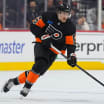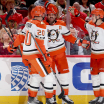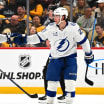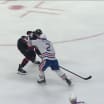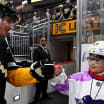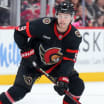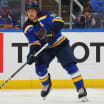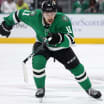Much of the increased scoring is due to an increase in even-strength goals, which have accounted for 77 percent of the scoring this season, the highest percentage since the 1977-78 season. Power-play goals have accounted for 19.7 percent of the goals, the lowest percentage since 1972-73, when it was 19.1 percent. In 2005-06, power-play goals accounted for 33.5 percent of the scoring, the highest percentage in League history.
"I think you've got to give the players credit, there is a great amount of conformance in the game relative to the rules," Walkom said. "With the video today, the players are better educated on what is a hook, what is a hold, what is a slash. We have more goals scored today on 5-on-5 play than ever before. It's not due to enforcement per se, it's the threat of enforcement. Maybe that's a great byproduct of the work that's been done by the GMs for years."
The number of comeback wins also is on the rise, another sign of the health of the game. Forty-three percent of the games through Sunday have featured a comeback, the second-highest in NHL history. Thirty-five percent of last season's games featured a comeback. Teams have erased a multiple-goal deficit in 12 percent of the games this season, the highest percentage in NHL history.
"It took a while to get there, but we've worked with the managers on different aspects of the game to open it up and to make it more free-flowing, and I think the general managers of the National Hockey League, to their credit, they've helped all hockey as all leagues have adapted to the rules of the National Hockey League," Campbell said. "I think it's helped hockey across the world. We understand that we are the League that other leagues look to, so we have that responsibility to make the game good."
